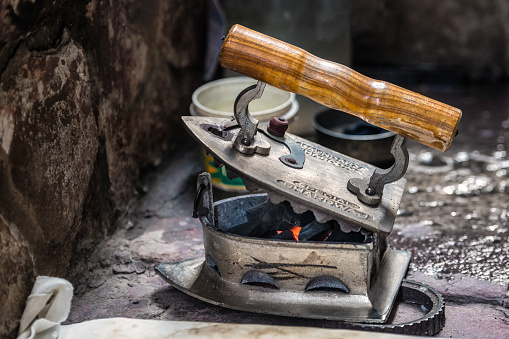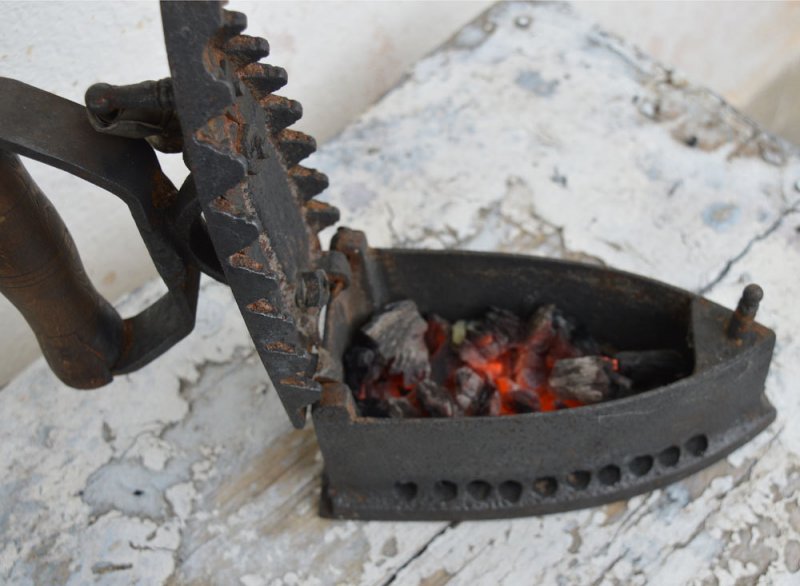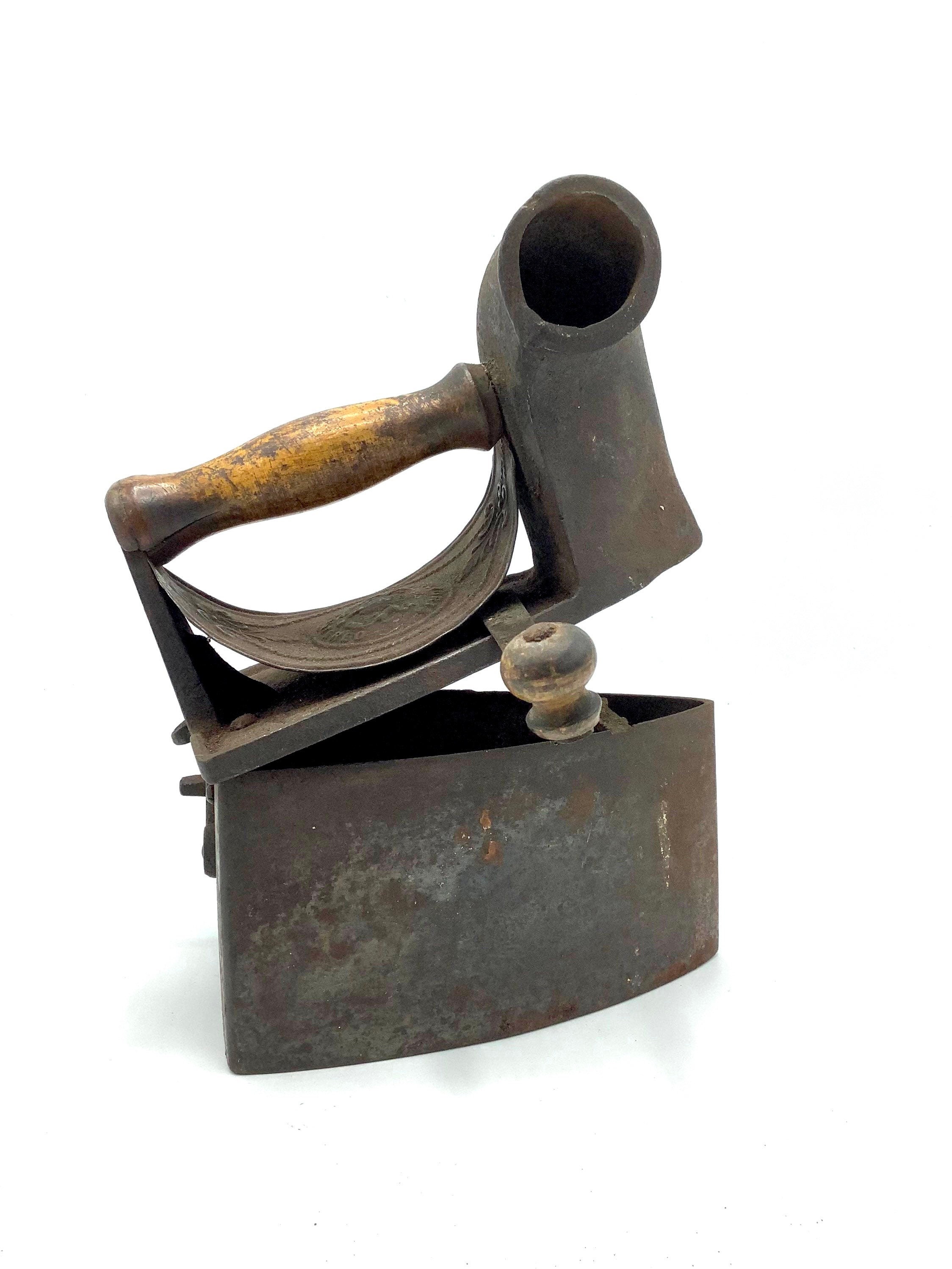Well, I think the shape of it probably made you say, yeap, that’s an iron. But did you know that for these kind of irons burning coal for heat to iron clothing. This is a charcoal iron.
From crumpled linen shirts to wrinkled silk dresses, the quest to achieve a sharp, neat appearance has driven the evolution of an important domestic tool – the iron. Today, electric irons are commonplace, providing a swift and efficient solution for maintaining creaseless clothes. However, it’s intriguing to peer back into history and explore a less-familiar predecessor – the charcoal iron.

The advent of charcoal irons can be traced back to the 8th century BC when Homer mentioned “a heated tool” in the Odyssey. Yet, it wasn’t until the 17th century AD that a tangible, consistent model of charcoal irons began to appear in households. Originating in Asia, particularly China and India, these irons were designed with a hollow interior to hold burning charcoal.
Charcoal irons were prized for their continuous high heat, a feature that made them particularly effective for ironing heavy fabrics. The heating process, though, was slow and required careful handling to prevent soot from staining the clothes.


Despite being supplanted by their electric counterparts, charcoal irons have not entirely vanished. In parts of Asia and Africa where electricity is sporadic or expensive, these tools of yesteryears still find use. They are also collected and displayed by antique enthusiasts, or even used as props in historical dramas and films, serving as a symbol of an era that has passed.
The history of charcoal irons is a testimony to human ingenuity and the timeless quest for aesthetic refinement. Their story is one of adaptation, survival, and impact. From homes in ancient Asia to 21st-century antique collections, they have journeyed a long way, leaving an indelible mark on the history of domestic appliances. Even as technology continues to surge forward, the story of charcoal irons serves as a nostalgic reminder of our humble beginnings in the sphere of domestic conveniences.

